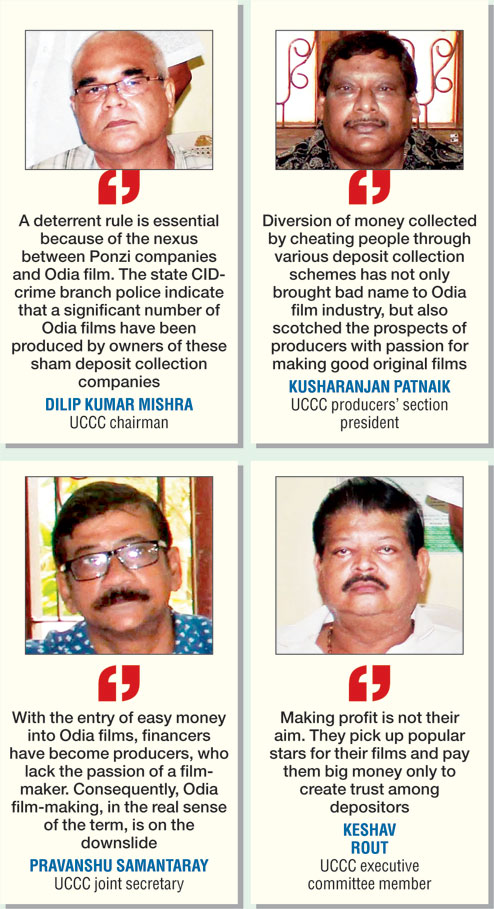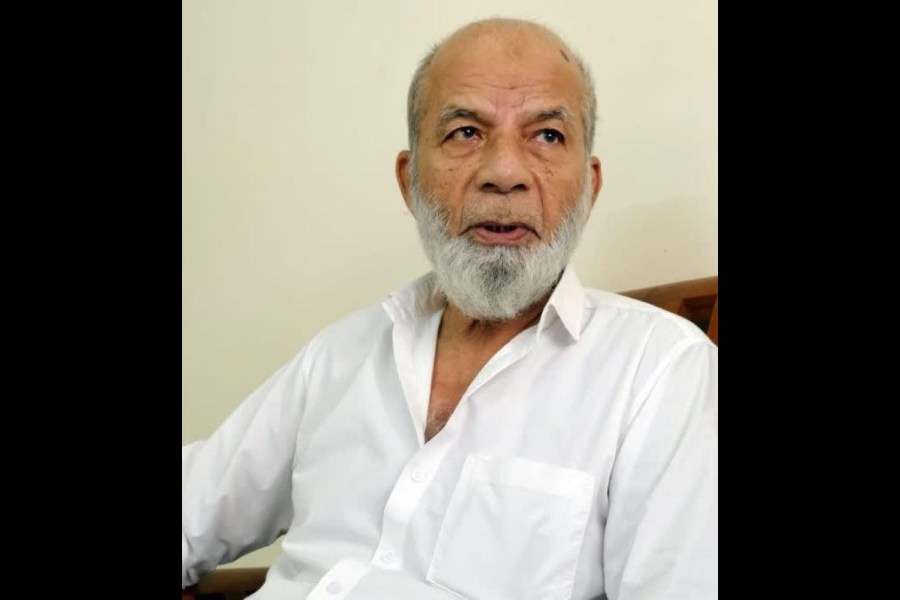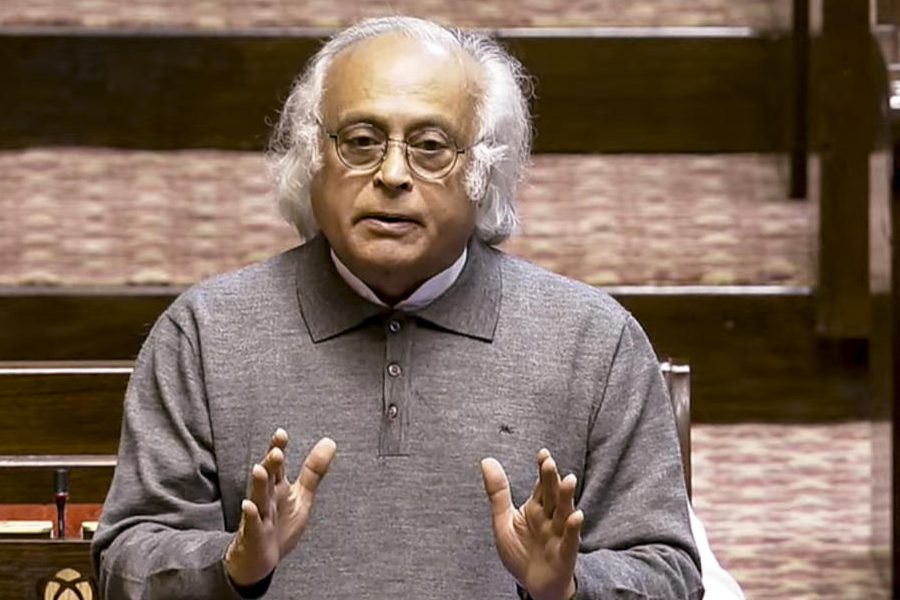
Bhubaneswar, Feb. 3: If you are looking to recruit engineers for your company, turn to Odisha.
Global assessment company Aspiring Minds' National Employability Report 2015-16 reveals that Odisha has emerged as one of the Indian states that has a large pool of employable engineers.
Though the report may ignite hope for prospective engineers in the state, there is also reason for concern.
The report says that nationally there has been no significant improvement in employability of engineers in the past five years and more than 80 per cent of them continue to remain unemployable.
In this otherwise bleak scenario, what has pushed the state alongside those in the top quarter is better performance by students from Odisha in respect to basic domain knowledge, logical reasoning and English skills. These are key qualities that employers look for while hiring new talents.
The report also reveals that Odisha has also benefited with companies stepping out of the big city domain to recruit engineers. Because of the rise in demand for engineers, companies over the past few years have been forced to look beyond tier-I cities or states to meet their hiring needs. Though smaller companies have begun considering candidates from outside the tier-I cities, the larger firms are yet to make a firm move.
The tendency of large companies has been to pick up candidates only from the top colleges. This trend is partly because of their experience in getting good candidates from the top institutions and their lack of time to visit other campuses.
The study corroborates this recruitment pattern of employers. Last year more than 1,50,000 engineering students had graduated from more than 650 colleges across the country and a substantial size of the employable population were from institutions in tier-2 and tier-3 cities. This shows that more than 70 per cent of the employable students lie beyond the country's top 100 campuses. These students continue to remain untapped and form an invisible pool of employable youth.
The observations made in the study are not far off the mark. The recent trend of recruitment of students from campuses in the state shows that the smaller cities are attracting several major companies as well.
In the case of Odisha, regular visitors to major engineering colleges for campus recruitment are Mu Sigma, Wipro, Infosys, Capgemini and UST Global. Besides, over the past few years, there has been an encouraging participation by core companies such as Tata Steel, Shapoorji Pallonji, Discoventure, Jindal Steel, Tayo Rolls, Tata Power, Murugappa Group, Quality International and Enercon. Some other companies that have visited the campuses include Amazon, HP, Ericsson, Cybage Software, Cavisson Systems, Adstuck, Vegayan Systems, UST Global, The Elitists, Zycus, Cognizant, Mahindra Comviva, Murugappa Group, Trident Group, Linkhouse Buildwell, Continental Engineering, Jabong, Perkin Elmer, TAFE and Maiestas Group.
During campus placement at KIIT University last year, Daelim, a leading global engineering and construction company, offered the highest salary of Rs 23.04 lakh per annum to BTech (civil) student Bitan Ghosh. Similarly, Amazon offered an annual package of Rs 12 lakh, while the average annual offer across the board was Rs 4.2 lakh.
Authorities of the Siksha 'O' Anusandhan University claimed that over 90 per cent students got placed last year. While the TCS recruited 875 students, 380 got placed in Wipro and Deloitte recruited 29 students and 63 students got offers from Capgemini.
Like in previous years, the TCS doled out the maximum number of job offers in the state.
"It's a very good news for the state, particularly for the engineering colleges that have of late been feeling cornered because of low admission figures. The situation is much better than it was a few years back. The report proves that educational institutes, teaching faculty and students in Odisha have a lot of potential, and with proper scope and training, they can perform brilliantly," said Odisha Private Engineering Colleges' Association secretary Binod Dash.
"There has never been a problem for students, who are good in studies and have a good career record. Hirers, including all the top companies, are eager to take quality students. Those, who are lagging behind in the required quality, must work hard and improve themselves to make use of the opportunity. The situation is much better than it was a few years ago," said BPUT director of placement and training Motilal Dash.
Though Delhi continues to produce the highest number of employable engineers, in statistical terms Odisha has marched ahead of Haryana, Karnataka, Punjab and Bengal to be among the elite top 25 percentile (see chart).
While Bihar, Jharkhand and Delhi have managed to retain their positions, Kerala and Odisha are the new entrants to the top club.
To put it in a simpler way, the top 25 per cent of employable engineers in India are available in Delhi, Odisha, Kerala, Bihar and Jharkhand.
In contrast to last year's employability statistics, Punjab has lost its place in the elite club. Uttarakhand also shares the fate of Punjab, even though the state was not among the top, but it has slipped down from its earlier position.
It is also interesting to note that highly industrialised states such as Gujarat, Maharashtra and Tamil Nadu have low percentage of employable engineers.
These states fail to provide the nation with good quality engineers for employment and lurk in the bottom 25 per cent category.
The survey also goes on to show that unlike popular notion, the tier-3 cities, too, produce a share of employable engineers and should not be neglected from a recruitment perspective. These candidates could also possibly fulfil the entry-level hiring needs of several IT services companies.
It reveals a healthy trend of employability being almost equal among males and females. This makes each role devoid of any gender bias. Roles such as sales engineer non-IT, associate IteS or BPO and content developer report slightly higher employability of females.
Director and chief technology officer of Aspiring Minds Varun Aggarwal feels the trend is inspiring, but there is room for more.
"Engineering has become the de-facto graduate degree for a large chunk of students today. However, along with improving the education standards, it is quintessential that we evolve our undergraduate programmes to make them more job centric. With powerful government initiatives such as Make in India and Skill India gaining momentum, we hope the National Employability Report 2015 will provide significant insights into the quality of talent in India and help in steering the youth towards job readiness."
Speaking about Odisha, Agarwal said the focus should be to improve the quality of education.
"States such as Odisha that are performing well need to continue to invest in quality education. Teaching is not one of the most lucrative career options today, and there should be considerable investment in teacher-training and salaries. Another effective mechanism would be to introduce some standardised method of measuring job readiness of students," reiterated Agarwal.
Aspiring Minds started the National Employability Report for Engineers in 2011. The auditory mechanism has since then become an authoritative source of employability statistics on Indian engineers.










